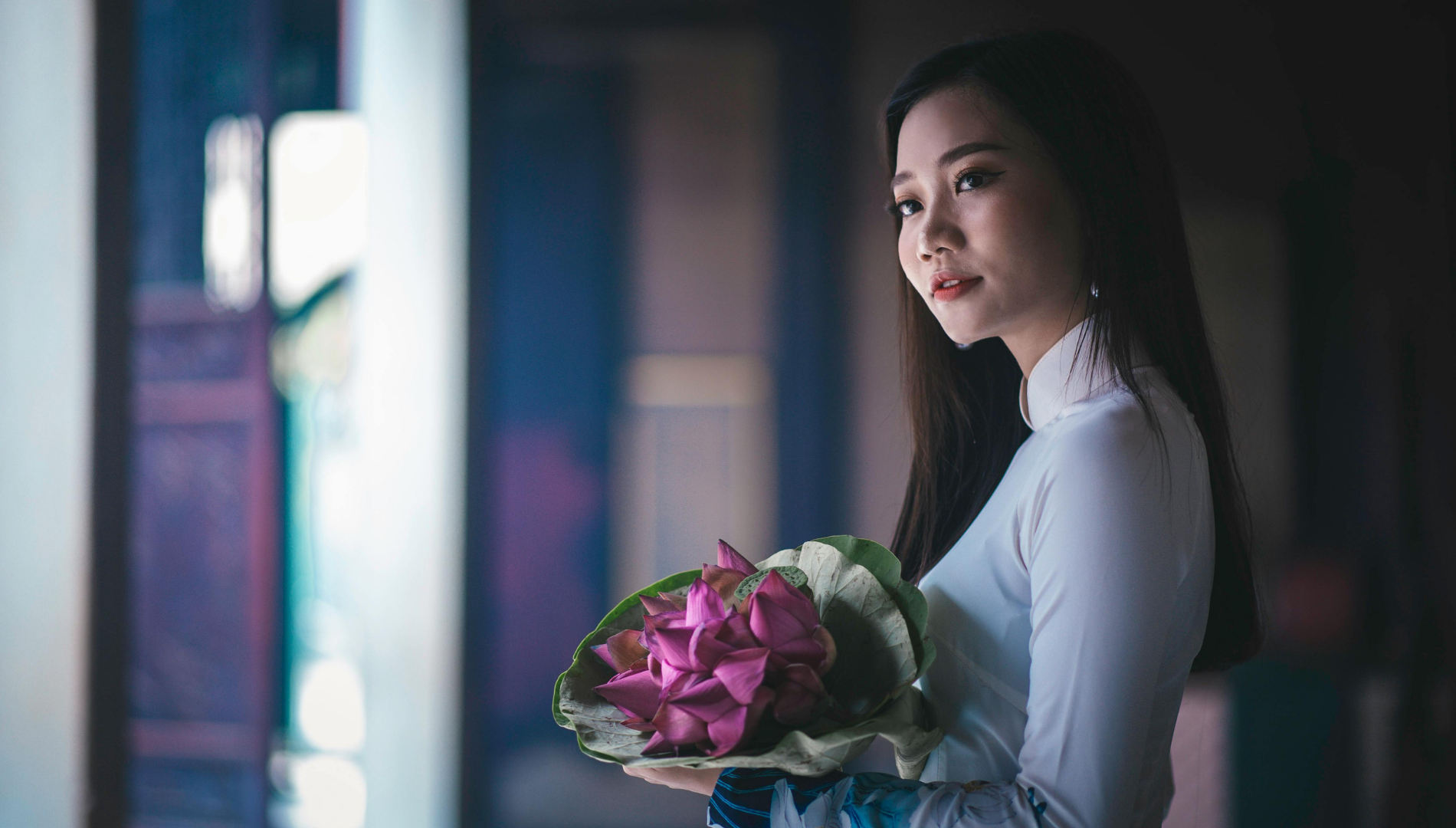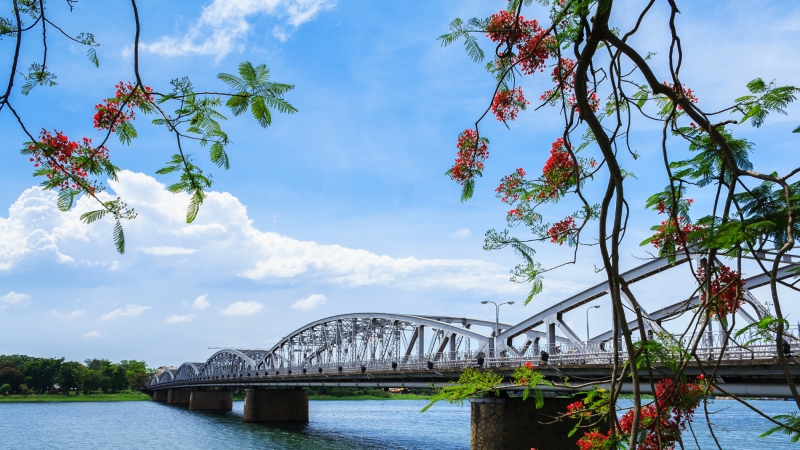In Decision No. 2320/QD-BVHTTDL dated August 9, 2024 of the Minister of Culture, Sports and Tourism announcing the List of National Intangible Cultural Heritage, the folk knowledge "Knowledge of sewing and wearing Hue Ao Dai, Hue city, Thua Thien Hue province" was included in the List of National Intangible Cultural Heritage.
Accordingly, the Minister of Culture, Sports and Tourism assigns the Chairmen of People's Committees at all levels where there are intangible cultural heritages included in the National List of Intangible Cultural Heritage in this Decision, within the scope of their tasks and powers, to carry out state management in accordance with the provisions of law on cultural heritage.

According to the Department of Culture and Sports of Thua Thien Hue province, the knowledge of sewing and wearing Hue Ao Dai was included in the list of National Intangible Cultural Heritage as a result of implementing the project Hue - Capital of Vietnamese Ao Dai.
The Ao Dai became the main costume of the people of Dang Trong region, affirming cultural autonomy. In 1802, King Gia Long intended to change the costumes throughout the country but failed to do so. From 1826 to 1837, King Minh Mang issued a policy to popularize the Ao Dai throughout the country.
In Hue, Hue Ao Dai is used by many people, from students, civil servants, young people to middle-aged people, old women, and women who do small business in shops and markets. Since 1744, the 8th Nguyen Lord in Dang Trong, Nguyen Phuc Khoat, decided to choose this type of costume as the daily dress for all the people of Dang Trong (from Gianh River, Quang Binh to the end of the present-day Southern region). At the beginning of the 19th century, during the period of national unification, Emperor Minh Mang continued to choose Ngu Than Ao Dai as the common dress for all the Vietnamese people.
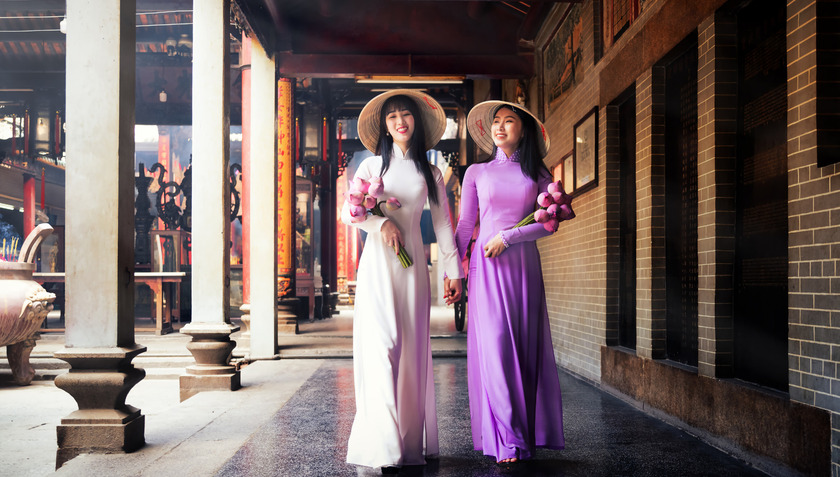
Throughout its time as the country's capital, the ancient capital of Hue was also the capital of Vietnamese Ao Dai, famous for its brilliant "mandarin system" - symbolizing an Eastern dynasty.
During the period from 1837 to 1945, the Ao Ngu Than was very popular in both the North and South, and was considered the National Costume of the Vietnamese people and was considered a formal, discreet outfit, with many very humane meanings, suitable for the physical shape as well as the thoughts and feelings of the Vietnamese people.
Over a history of more than 300 years, generations of Hue artisans have accumulated a lot of knowledge about sewing and wearing Ao Dai, which clearly symbolizes the aesthetic, moral and ethical standards of society. Entering the modern era, Hue Ao Dai is still used by many people, most commonly students, civil servants, middle-aged and elderly people, women doing small business in shops, markets...
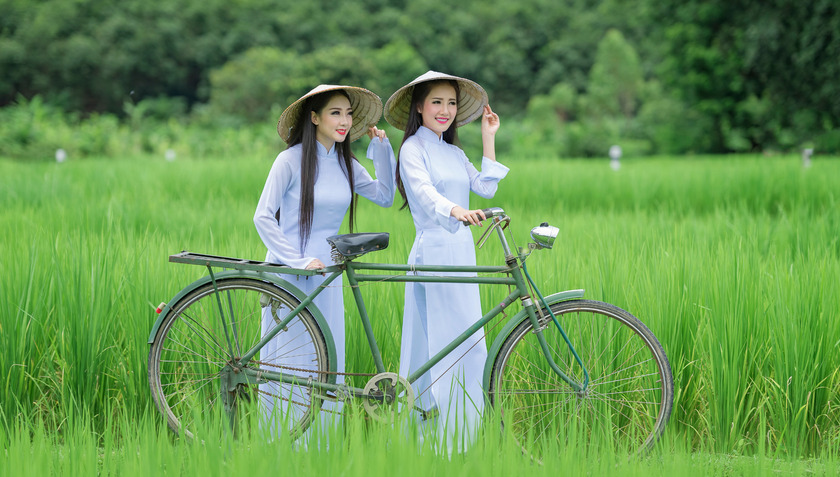
Therefore, the ao dai is the cultural identity of the land and the beauty of the people of Hue.
Besides the traditional elegance and grace, the ao dai also reminds the wearer of human morality, reminds each person to cherish, respect and preserve the precious traditional values left by their ancestors, and continue to promote good values to pass on to future generations.
Hue Ao Dai is a synthesis of the fields of weaving, sewing, embroidery, painting, design, fashion, truly a cultural product, aiming to be a cultural industrial product to serve tourism.
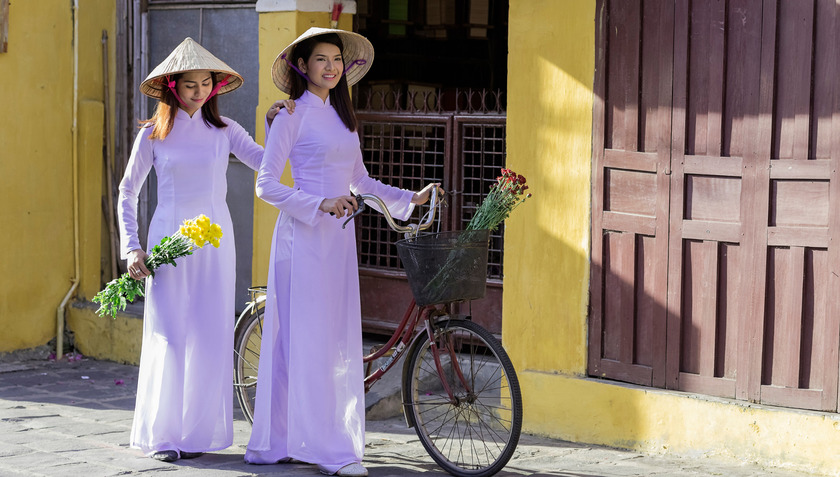
Along with the changes of history, the ao dai has undergone many adjustments over time. However, no matter how it is adjusted, the ao dai is still the national costume, the pride of the Vietnamese people.
Hue is also the first locality in Vietnam to organize a festival to honor the beauty of Ao Dai when, since 2002, the Ao Dai festival has been held during the Hue Festival. Since then, Ao Dai festivals have been held continuously and regularly, not only during the festival.
Currently, the People's Committee of Thua Thien Hue province has approved the project "Hue - Capital of Vietnamese Ao Dai" with many rich contents. This is the legal basis for the effective implementation of activities to promote and honor Hue Ao Dai, promote economic and tourism development, and affirm the Hue Ao Dai brand.





